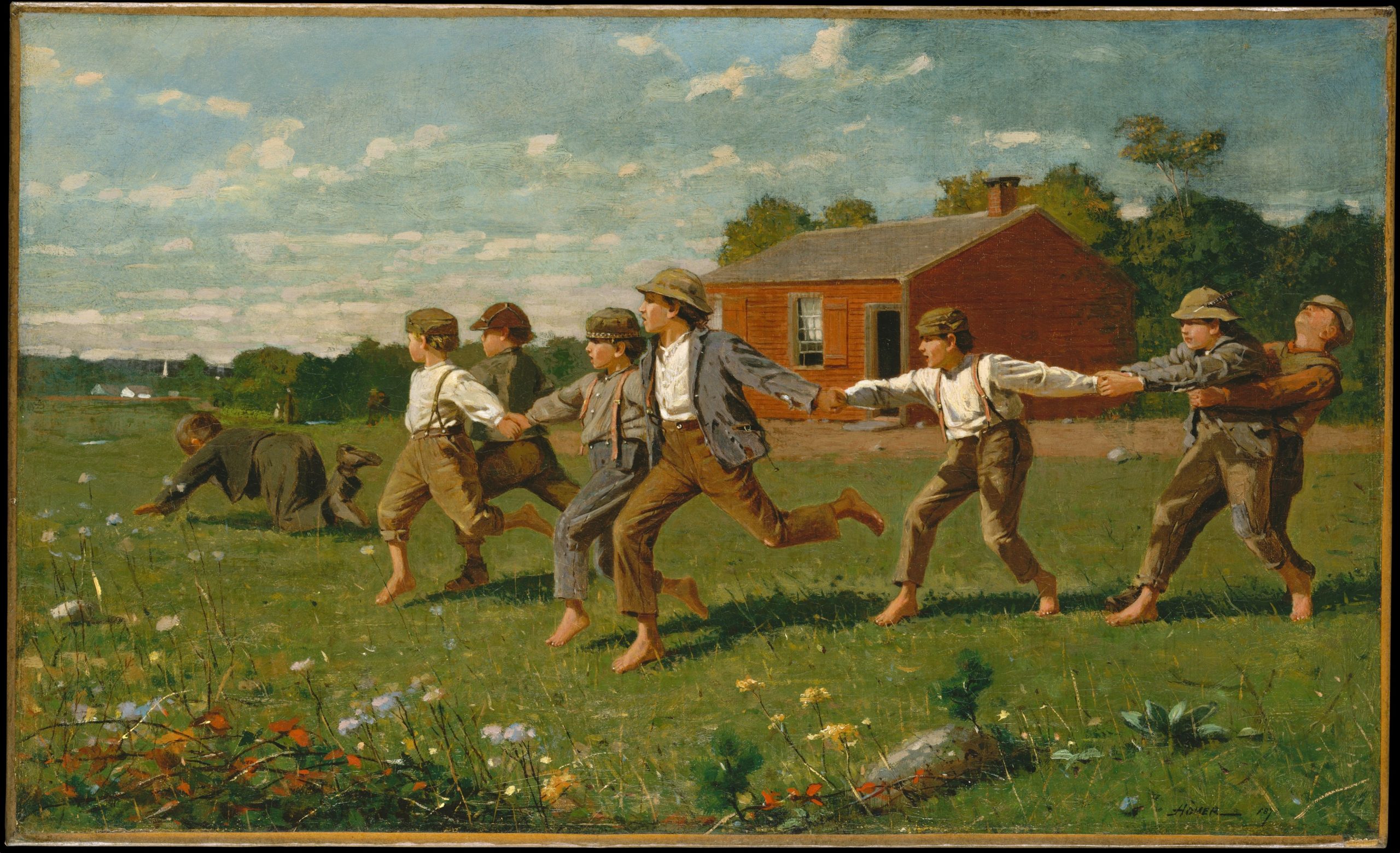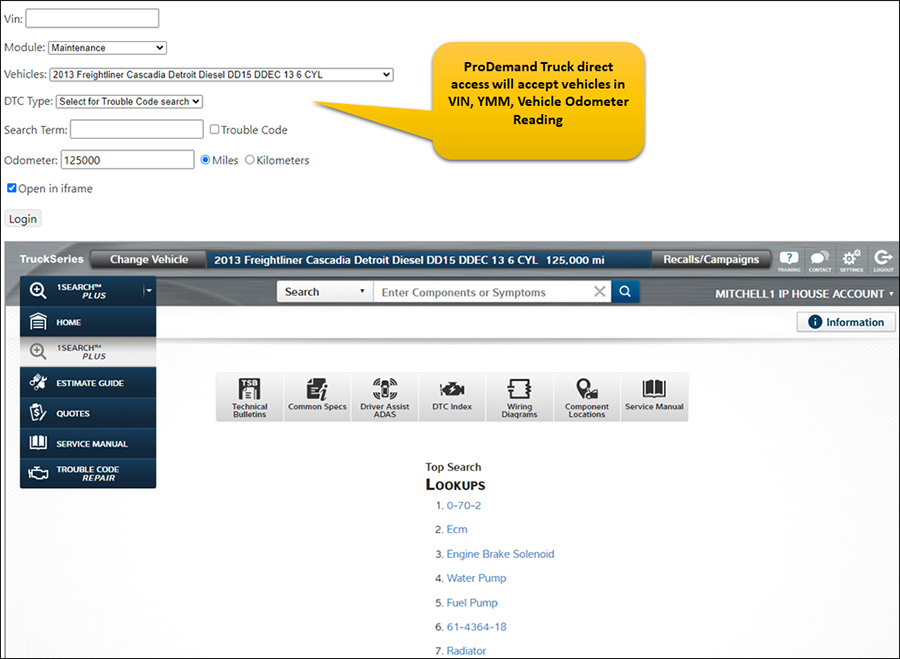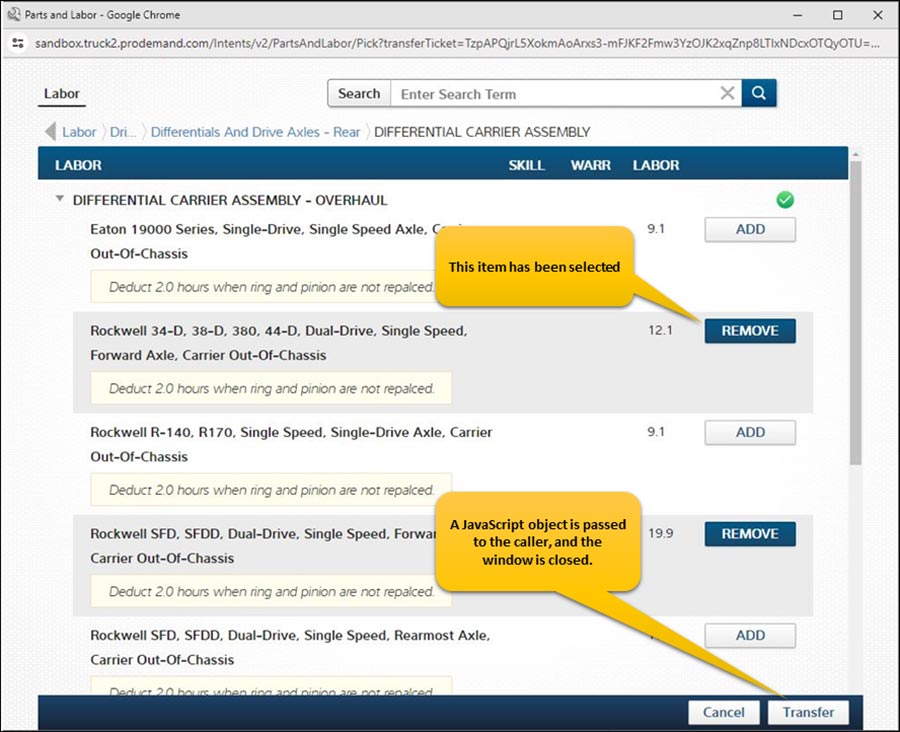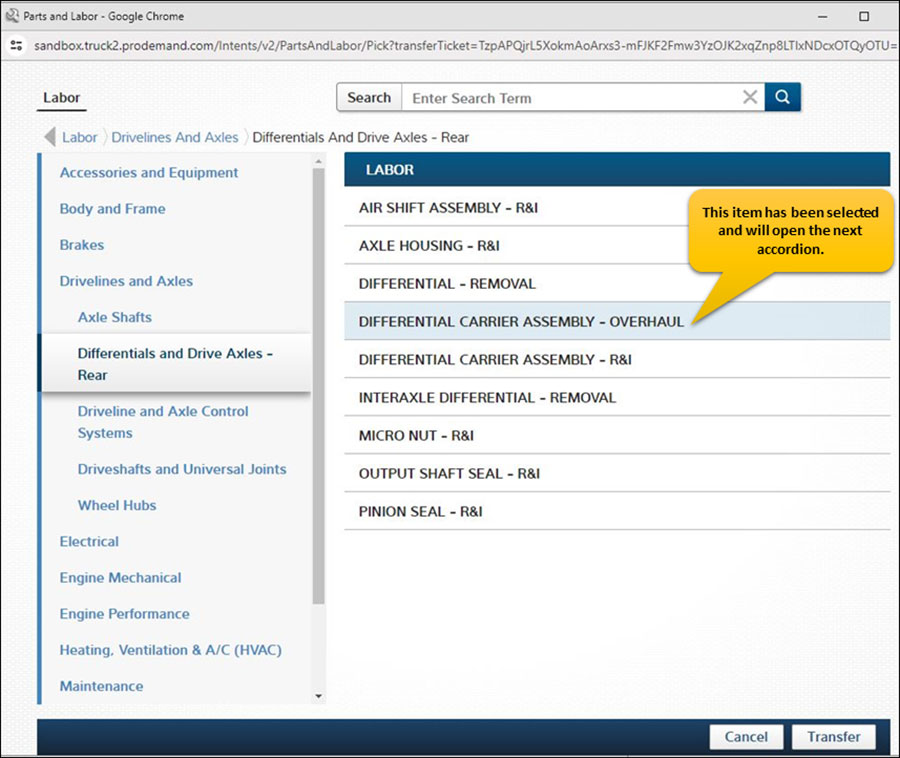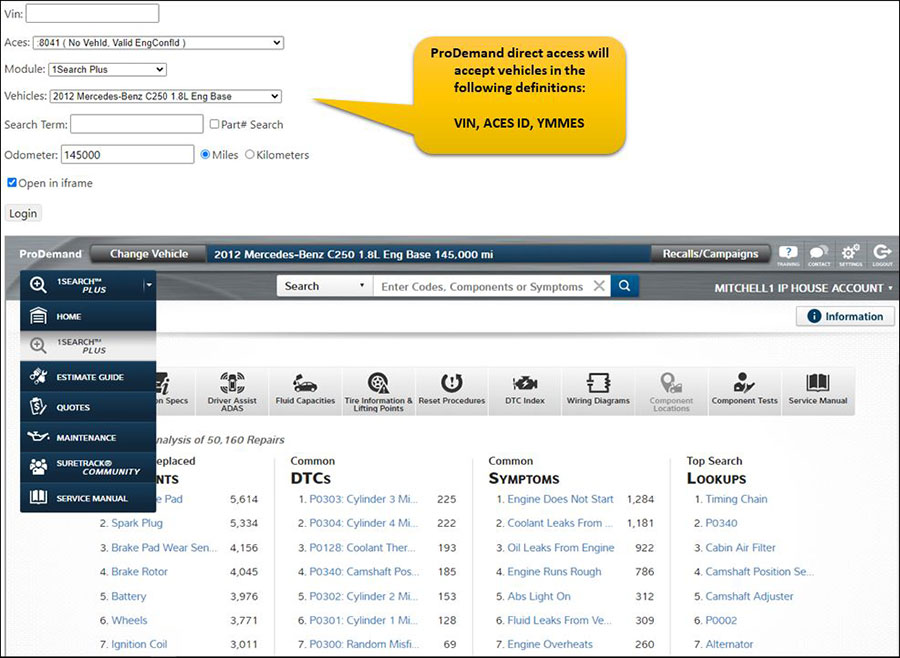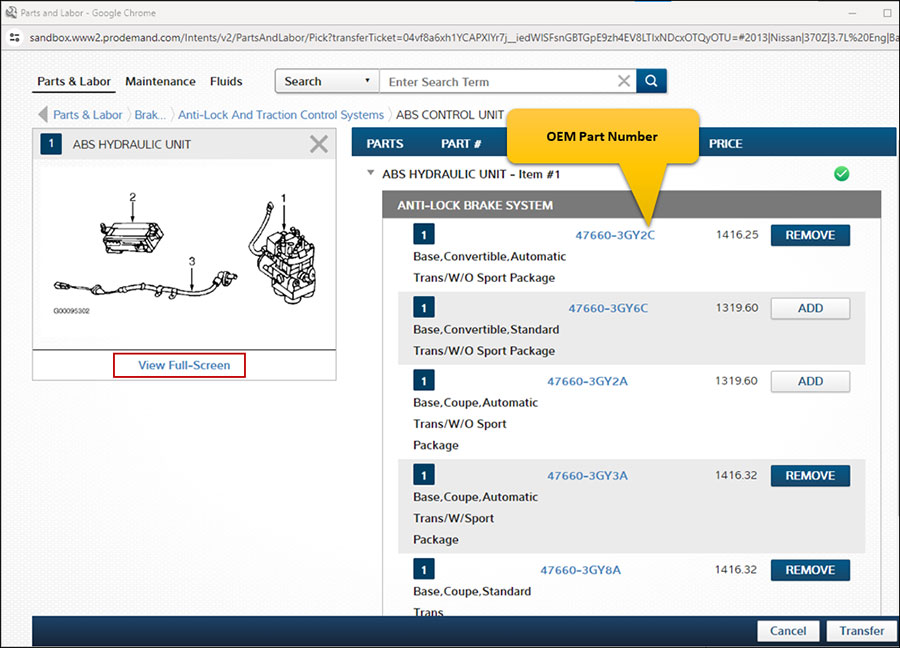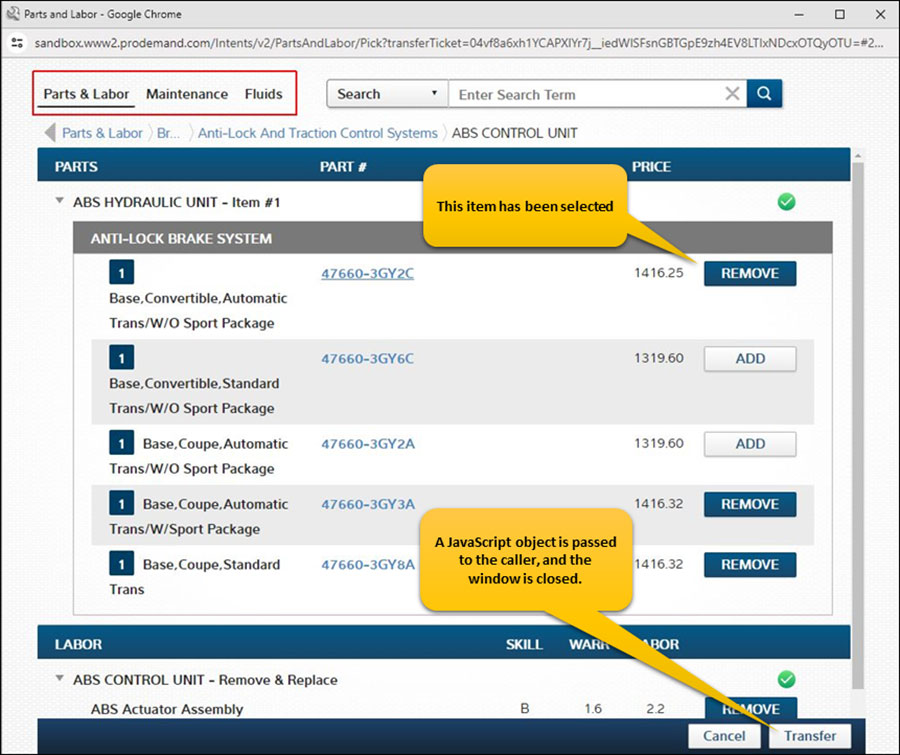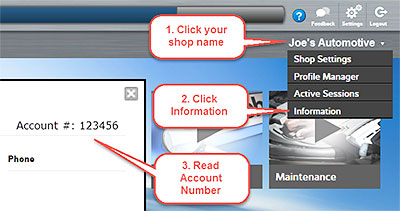The American artist Winslow Homer didn’t intend his 1872 painting Snap the Whip to provide a visual representation of the force released by vibration on a truck. But Homer’s painting does just that, in addition to being a nostalgic look at bare-footed school boys at play. Linked together by holding hands, the boys at one end remain anchored while the rest are seen running. Inertia overtakes the boys at the running end of the line sending them flying head-first into the soft grass. While the bucolic painting of youth may bring back fond memories about our childhood, the damage that can result from a vibration on a vehicle would be much better avoided.
When a vibration is felt coming from the truck, a component, or more likely multiple components, are experiencing a start-stop-start of varying amplitude. At the stop and restart, energy in that force is released through the vehicle, and if powerful enough, is either heard or felt. The vibration is an annoyance to the truck occupants but could also contribute to fatigue. From the vehicle perspective, this repeated starting and stopping is also causing additional stress on the components. Just as the boys at the end of the whip can no longer hold onto the line, components likewise reach a breaking point or bearing surfaces develop abnormal wear.
Let’s take a look at drive shaft universal joints to see how this vibration wear can take place. It is clear that when a universal joint begins to fail, a vibration will usually be heard or felt. Not surprisingly, as the joint damage increases, the noise or vibration gets worse.
Worn or damaged parts simply don’t heal themselves. And technicians should not assume that the failing component is the cause of the damage. The boys sent flying at the end of the line could be falling because they are clumsy, but the painting lets the viewer know that the other boys in the line greatly contributed to the fall.
Granted, with the universal joints, a lack of lubrication or some defect in the joint construction could be the cause of the failure. However, the base cause of the failure may be the result of an out-of-phase drive-line, incorrect drive-line angles, or a bent/damaged driveshaft. Although many driveshaft and yoke splines are indexed to prevent multiple shafts from getting out of phase, a driveshaft may be twisted enough to cause the problem. Incorrect drive-line angles can stem from incorrect vehicle ride heights or worn driveshaft supports.
The driveshaft itself also needs to be inspected for dents as well as for any missing weights. It never hurts to see if a weight of some sort could have been added to the driveshaft that has since moved from its original position creating an imbalance. The bearings supporting the yokes at either end of the driveshaft should also be checked for excessive movement resulting from wear. Always check your truck repair information resource, like TruckSeries from Mitchell 1, when diagnosing vibration issues.
The forces at work in a vibration need to be respected as more than just an annoyance. The snap the whip game was no doubt great fun until someone’s knees or nose got skinned. Likewise with a vibration in a truck, if allowed to continue, a vibration could easily lead to a breakdown that takes the truck out-of-service.
Want to learn about TruckSeries?
Request a FREE DEMO today!
You may also like to read:
What’s in a Word? The Importance of Context When Communicating in a Shop
